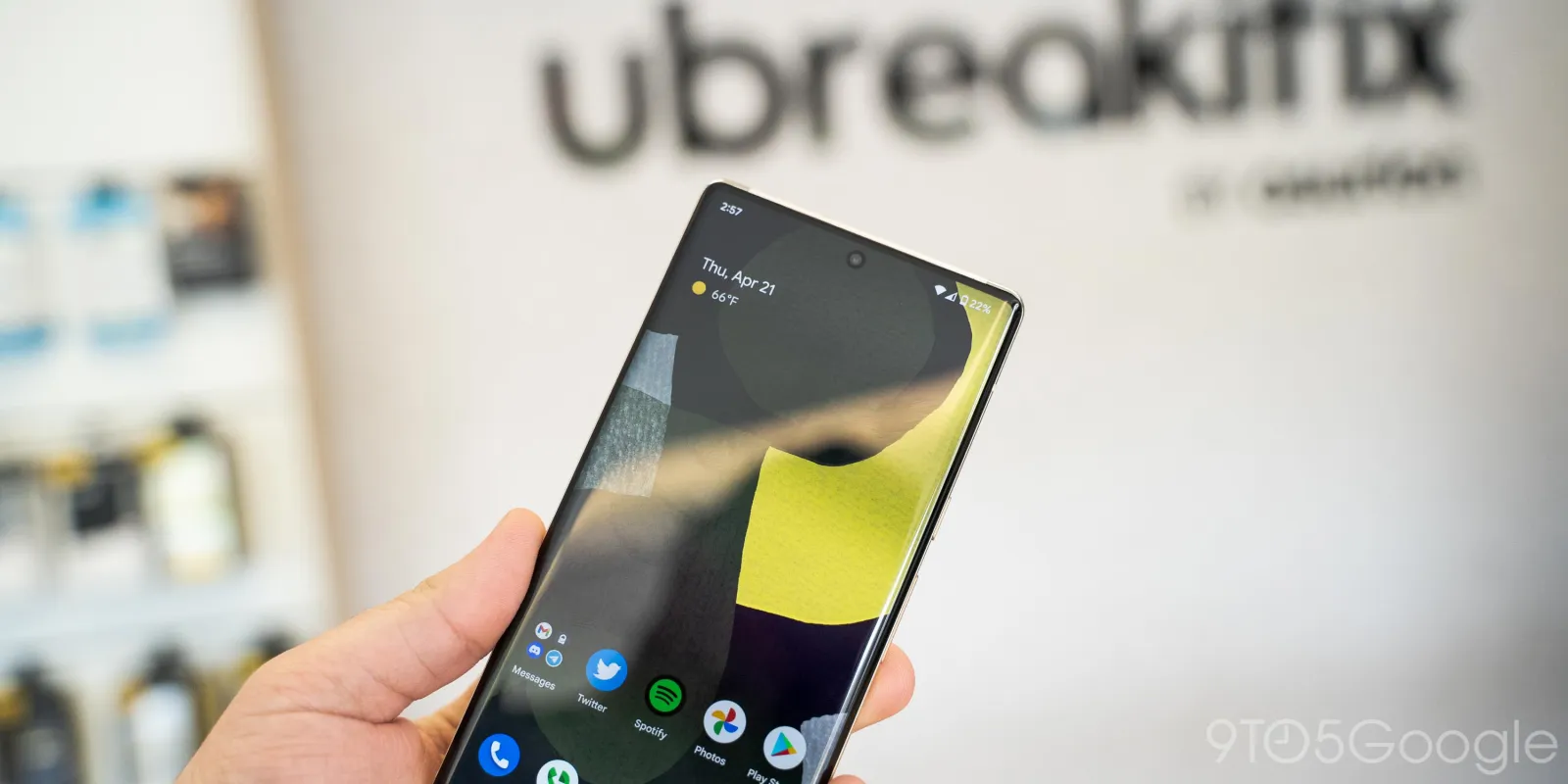In a recent shift in policy that has caught the attention of tech enthusiasts and consumer rights advocates alike, Google Pixel has announced changes to its terms of service in response to widespread dissatisfaction. The new terms will affect how Google handles repairs for its Pixel devices, specifically those containing non-OEM (Original Equipment Manufacturer) parts.

Google Pixel Phone: The Controversial Terms
The controversy began when a YouTuber, Louis Rossmann, highlighted a clause in Google’s repair terms that seemed particularly punitive towards consumers using third-party repair services.
According to Google’s policy, any Pixel device sent in for repair that contains non-Google-authorized parts will not be returned to the owner. This clause has sparked outrage as it essentially penalizes consumers for seeking more accessible or affordable repair options.
“Imagine you own a Pixel device, and it’s your daily driver. You don’t own any other device. One day, you drop your phone, and the screen shatters,” Rossmann explained. Opting for a local repair shop due to the absence of nearby authorized partners might seem like a practical decision at the time.
However, this decision could later prevent the return of the device if sent to Google for subsequent repairs. This policy has raised significant concerns about its fairness and legality, particularly in regions like the U.S., where “right to repair” laws are not as robust as in Europe.
The issue is compounded by Google’s inconsistent policy across different regions. For instance, Google’s terms for Ireland and the UK allow for the device with non-OEM parts to be returned to the user unrepaired, which contrasts sharply with the policy enforced in the U.S.
Google might keep your Pixel during a repair if you're caught using non-OEM partshttps://t.co/voWDy742Rv
— Aymen Azoui (@chaouidz97) June 5, 2024
Global Differences Highlight the Need for Right-to-Repair Laws
The discrepancies in Google’s repair terms across various regions highlight the fragmented nature of consumer rights worldwide. The European model, which is more favorable to consumer rights, underscores the need for similar regulations in the U.S. that empower consumers to repair their devices without fear of such punitive measures.

Google’s Response
Following the backlash and media coverage, Google was quick to respond. A spokesperson from the company clarified their stance, stating, “If a customer sends their Pixel to Google for repair, we would not keep it regardless of whether the phone has non-OEM parts or not. In certain situations, we won’t be able to complete a repair such as if there are safety concerns.
In that case, we will either send the phone back to the customer or work with them to determine next steps.”
This statement suggests a shift towards more consumer-friendly practices, likely in response to the public and media pressure. Moreover, Google has committed to updating its Terms and Conditions to make its policies clearer and more consistent across different regions.

Looking Forward
The ongoing debate around Google’s repair policies serves as a critical reminder of the broader issues related to consumer electronics and the right to repair. As technology becomes increasingly integral to daily life, the need for fair, transparent, and consumer-friendly policies has never been more apparent.
The tech community and consumer rights advocates will undoubtedly continue to monitor Google’s policy adjustments closely and push for more significant reforms in the industry.









